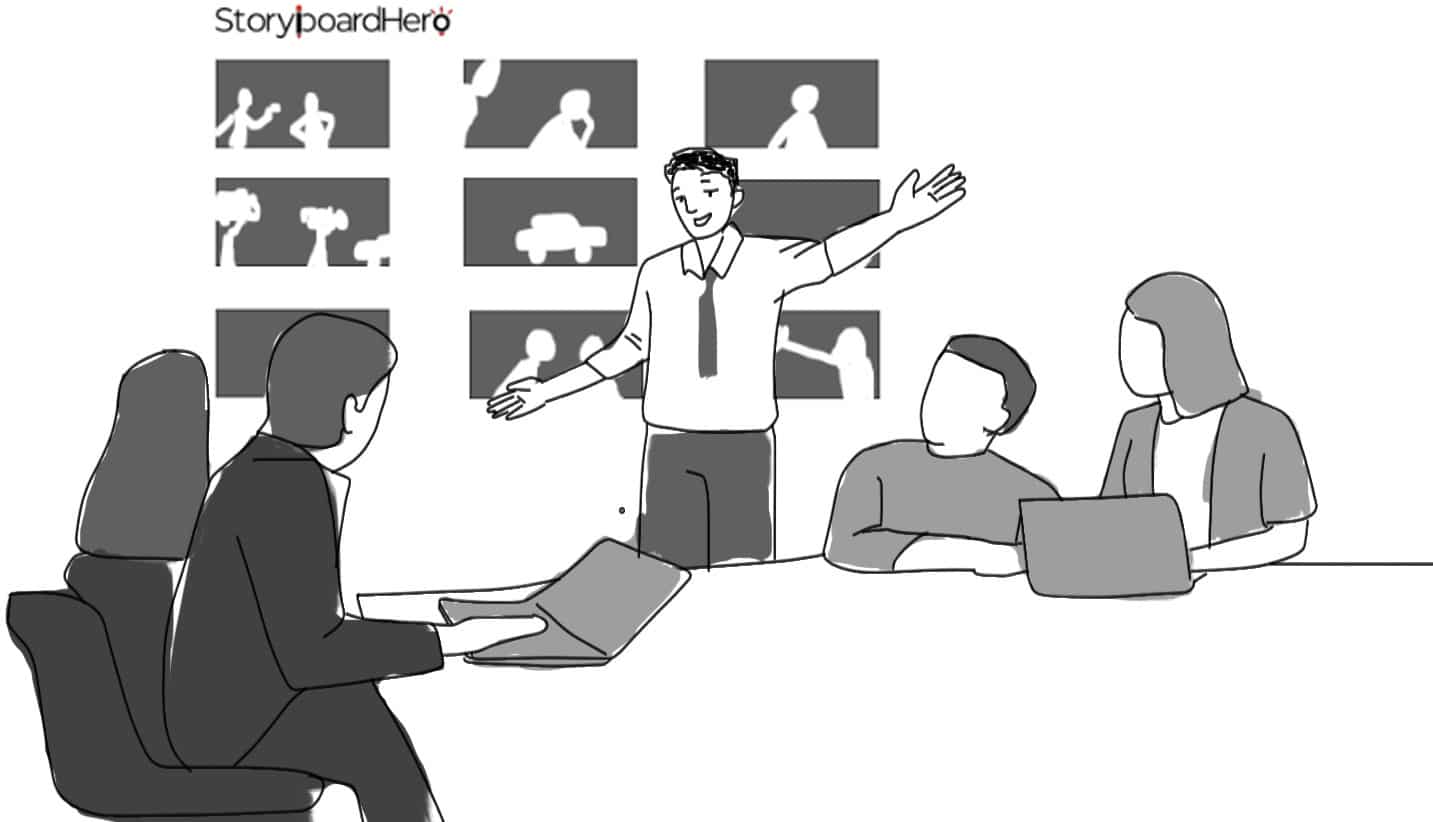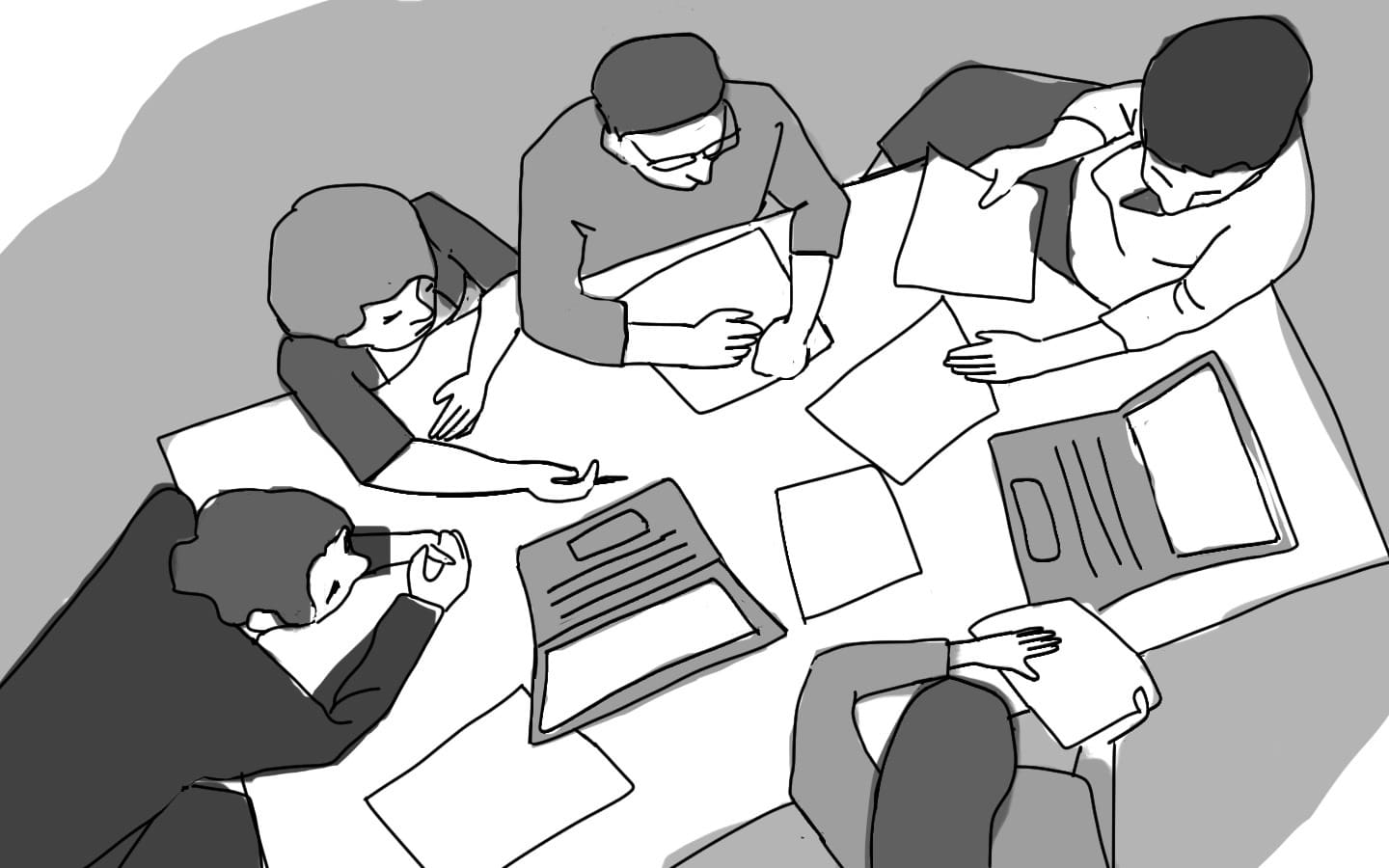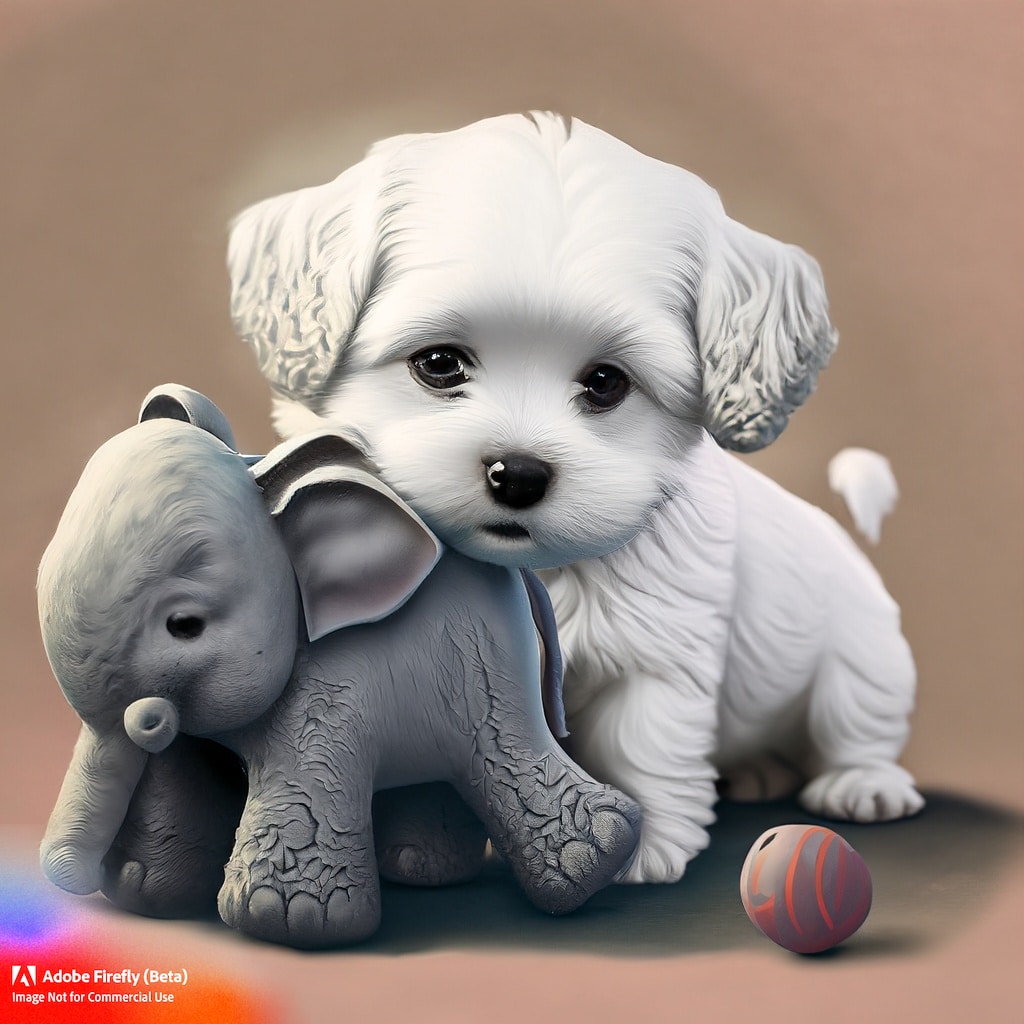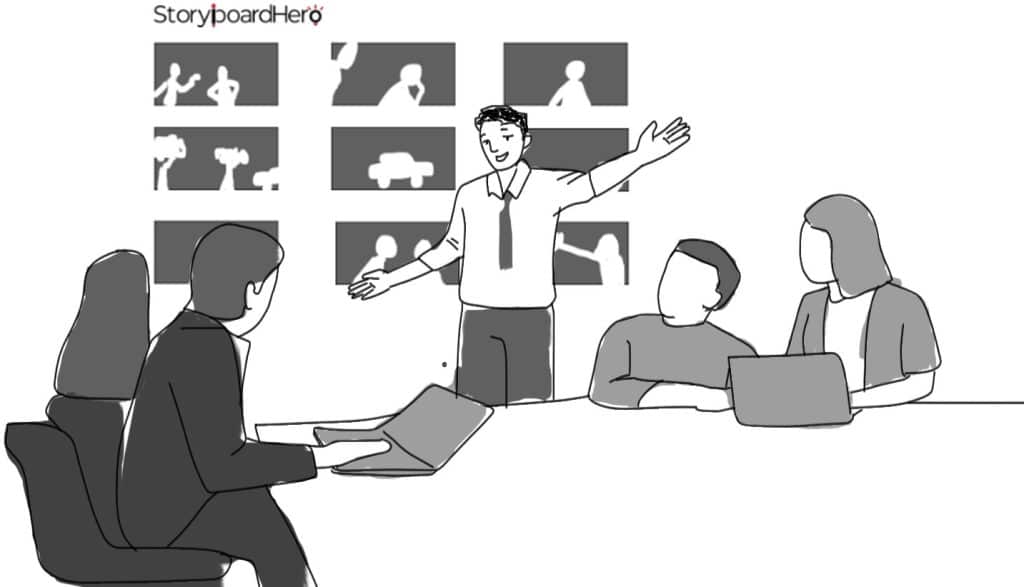The world of visual storytelling has witnessed significant advancements with the integration of Artificial Intelligence (AI) techniques, particularly in the realm of storyboarding. Storyboarding, a critical pre-production process in film, animation, and other visual media, serves as a visual blueprint for the narrative, helping to shape the overall direction of the project. In this blog, we delve into the fascinating intersection of AI and storyboarding, exploring the profound impact these technologies have had on the creative process.
Understanding Storyboarding
Before we delve into the AI techniques applied to storyboarding, it is essential to grasp the fundamentals of this visual narrative tool. Storyboarding involves creating a sequence of illustrations or images that represent key moments in a story, allowing filmmakers, animators, and artists to visualize and plan the progression of a scene or an entire project. Traditionally, storyboards have been crafted by skilled artists, but AI is revolutionizing this process.

Storyboarding AI
AI algorithms have made significant strides in automating the storyboarding process. By analyzing scripts, screenplays, or even raw audio, AI can generate storyboards automatically, saving time and resources. These AI-powered storyboarding tools employ natural language processing (NLP) and computer vision techniques to interpret and translate textual information into visual representations.
Enhanced Creativity and Efficiency
Storyboarding AI techniques not only automate the process but also provide a range of creative possibilities. AI algorithms can generate multiple storyboard variations based on different styles, moods, or visual themes, enabling artists to explore different artistic directions quickly. This enhancement in efficiency allows creative professionals to focus more on ideation, experimentation, and refining their storytelling techniques.

Augmented Collaboration and Feedback
AI-powered storyboarding tools facilitate seamless collaboration among team members, irrespective of geographical boundaries. Multiple contributors can access and edit storyboards in real-time, streamlining the workflow and fostering better communication. Moreover, AI algorithms can analyze feedback and input from various stakeholders, identifying patterns and generating insights to improve the visual narrative.

Embracing New Aesthetic Styles
AI techniques can also be used to mimic specific artistic styles or adapt existing visuals to new aesthetics. By training AI models on renowned artists’ works or by using style transfer algorithms, storyboarding AI tools can produce storyboards that align with specific visual preferences or genres. This versatility allows storytellers to experiment with diverse aesthetics, breathing fresh life into their narratives.
Challenges and Ethical Considerations
While the integration of AI in storyboarding brings numerous benefits, it also raises important ethical considerations. The use of AI-generated storyboards might affect the job market for traditional storyboard artists. Moreover, questions surrounding copyright infringement and intellectual property arise when AI algorithms generate visuals inspired by existing works. Striking a balance between AI automation and human creativity is crucial to address these challenges.
The incorporation of AI techniques in storyboarding has transformed the creative landscape by enhancing efficiency, enabling experimentation, and fostering collaboration. Automated storyboarding tools, empowered by AI algorithms, have transformed the way visual narratives are planned and developed. As the field continues to evolve, it is imperative for professionals to embrace these advancements while considering the ethical implications and ensuring that AI remains a powerful ally in the creative process.
StoryboardHero is a storyboarding AI that aims to drastically reduce time and cost in your creative process. Be one of the first to try our storyboarding AI platform by joining our waitlist.

